Selecting a load cell by purpose
Measuring Force
Measuring the compression force
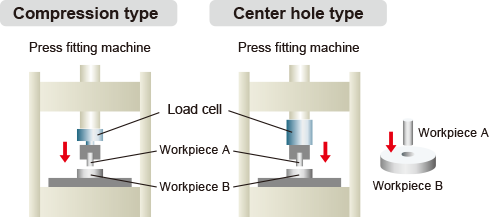
Measuring the tensile force
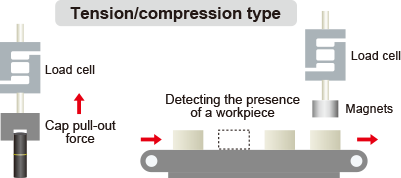
Measuring Weight
Measuring by hanging
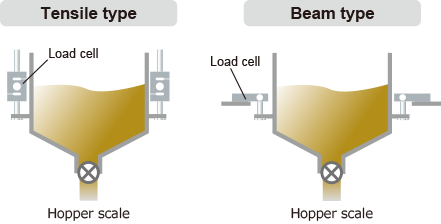
Measuring by placing on top
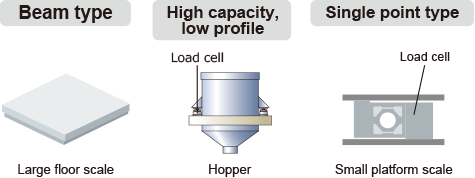
How to start using our products and order flow
Select a load cell
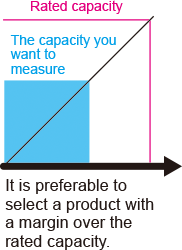
Choose a load cell according to the capacity you want to measure, based on the load capacity, the purpose of the measurement, the required accuracy, and the environment in which it will be used.
Considering overload, it is recommended to select a load cell with
a capacity that is larger than the actual load.
Load cell installation
Make sure that the location for load cell installation is sufficiently strong.
It is desirable to protect the installation site so that the load is not applied anywhere other than where it should be applied, and to secure the cable so that it is not pulled.

Calibration
Load cell cables are available four-wire and six-wire types.
Carefully check the signal name and connect it to the amplifer/indicators.
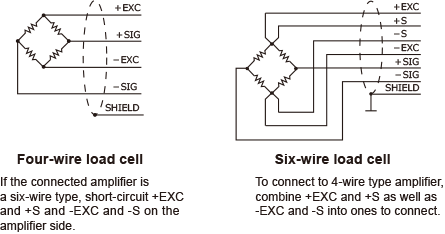
Cable connection
The output of the load cell varies within the specification. Calibration is required to match the amplifier to be connected. Calibration can be either an actual load calibration, which actually applies a known load, or an equivalent input calibration, which utilizes the data shipped with the load cell.


